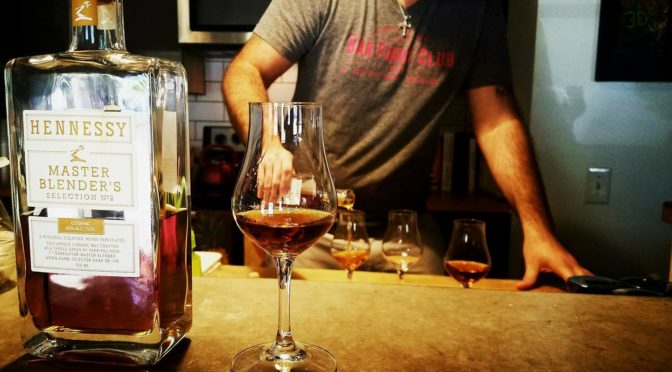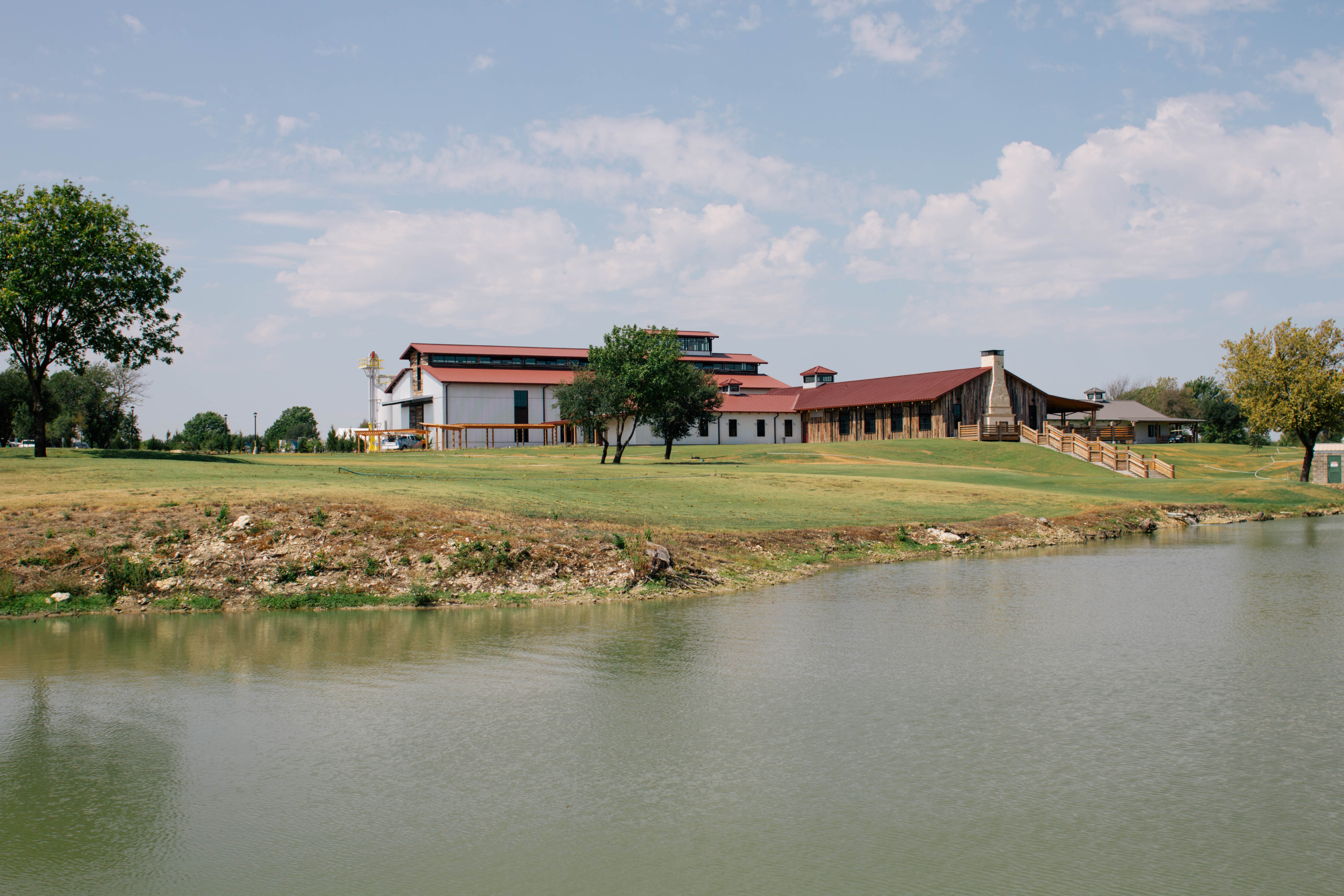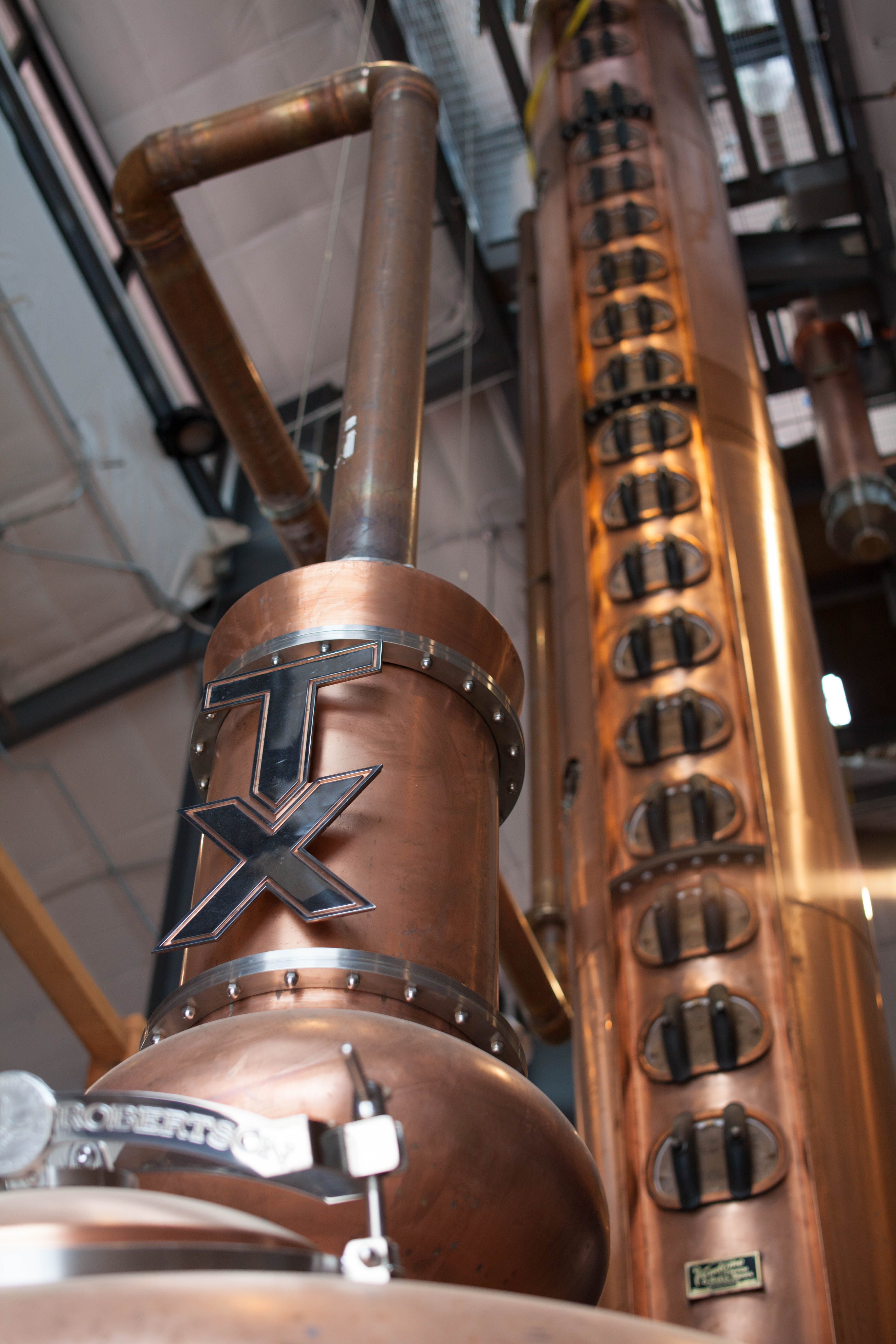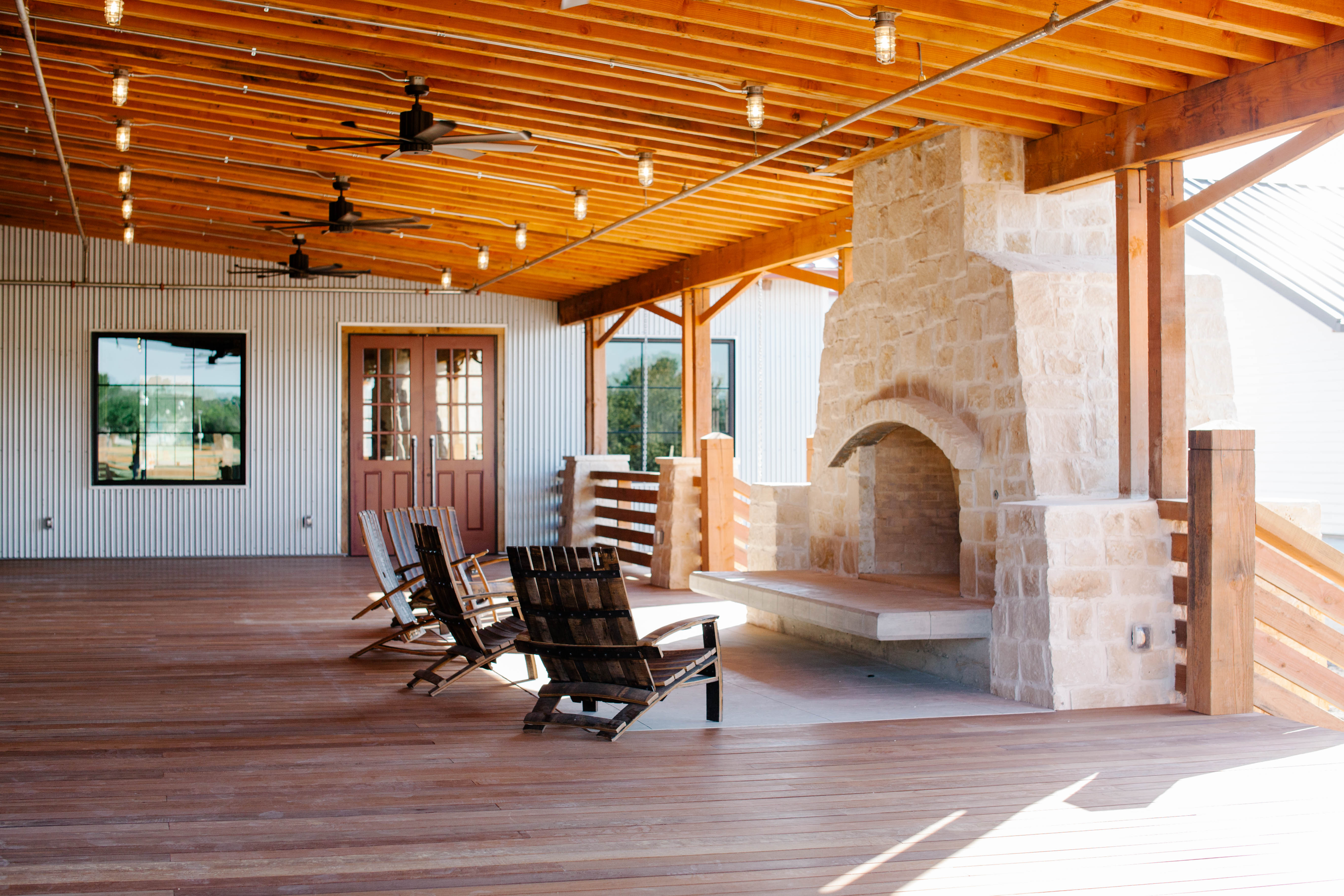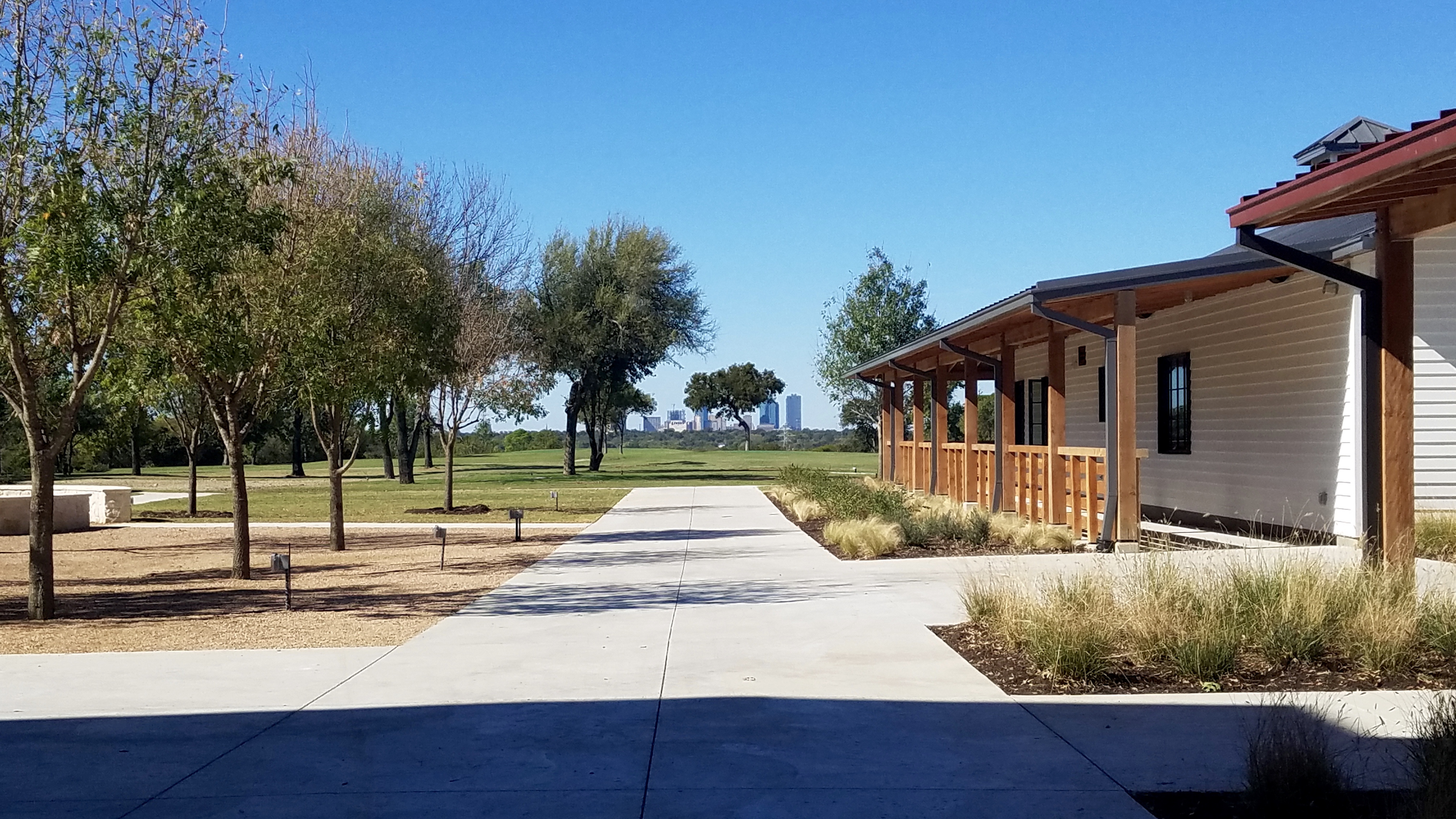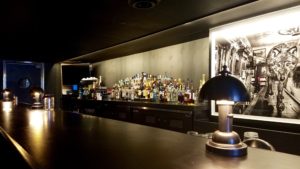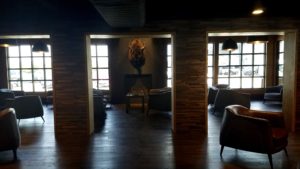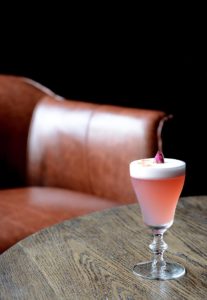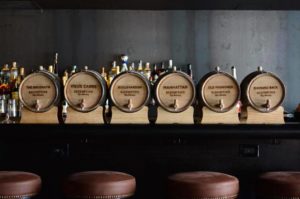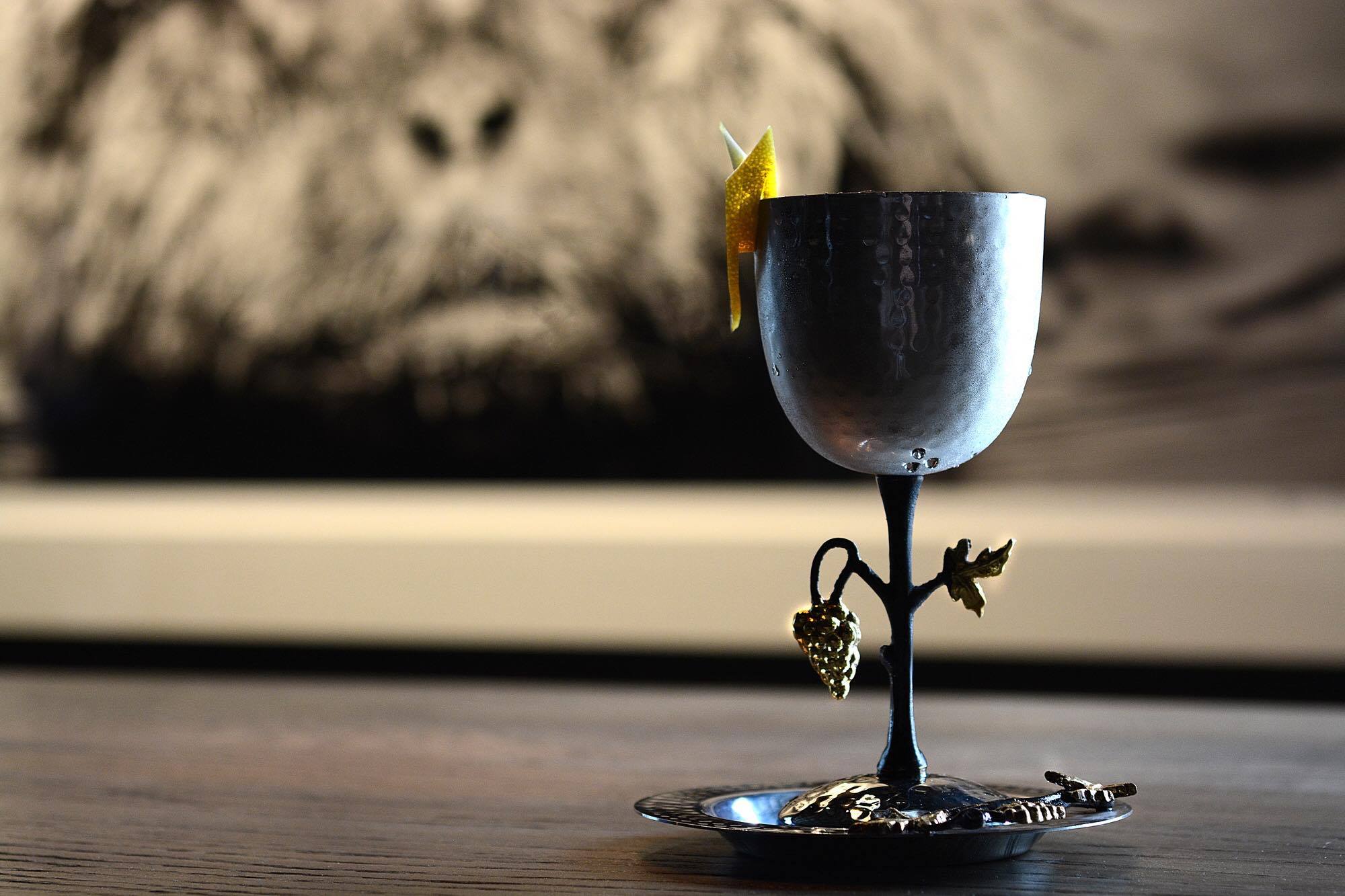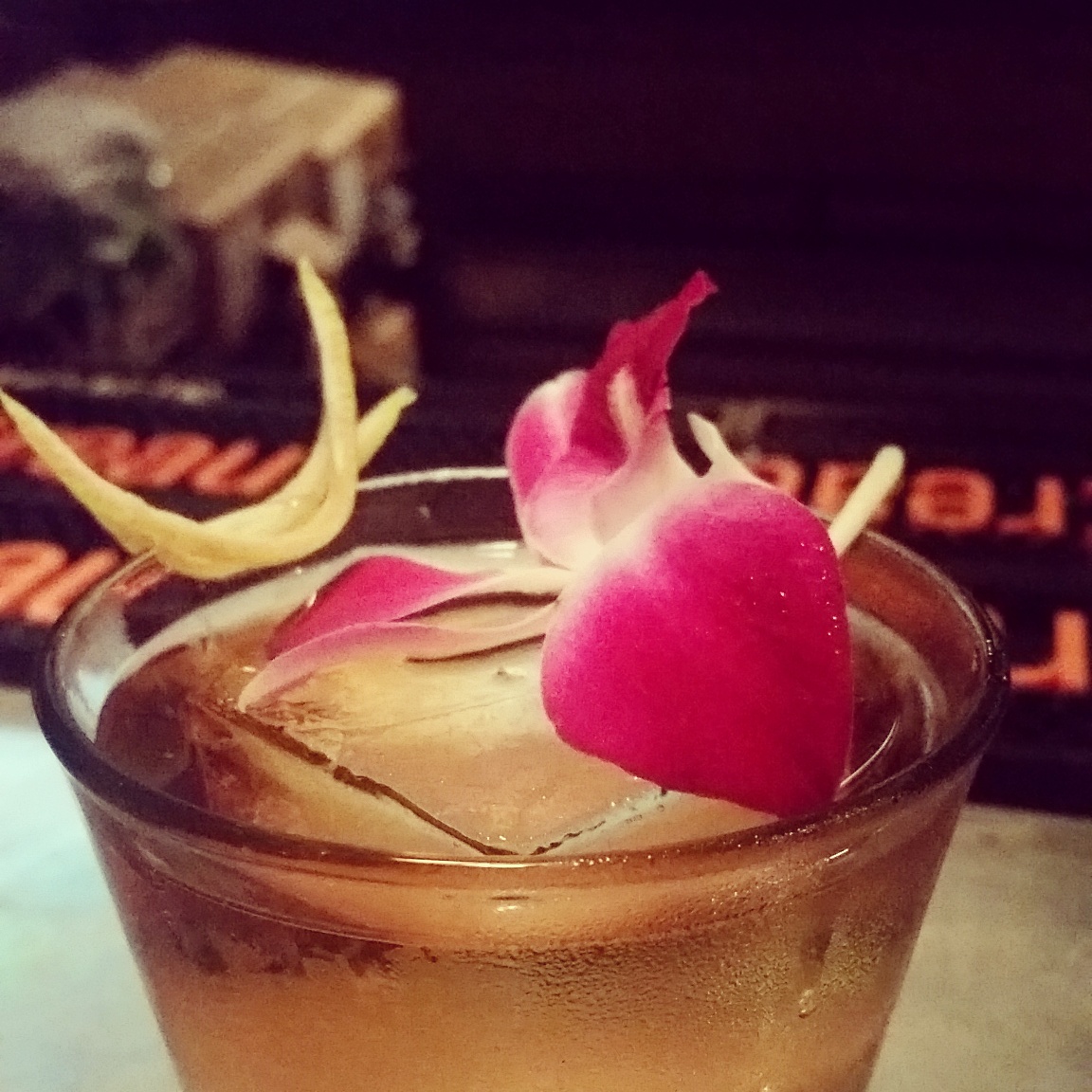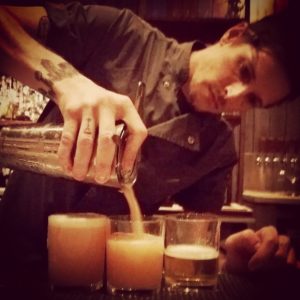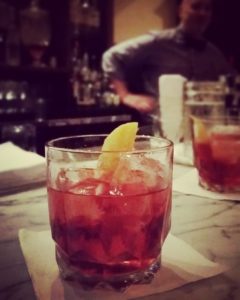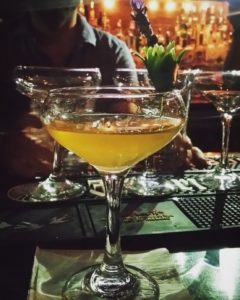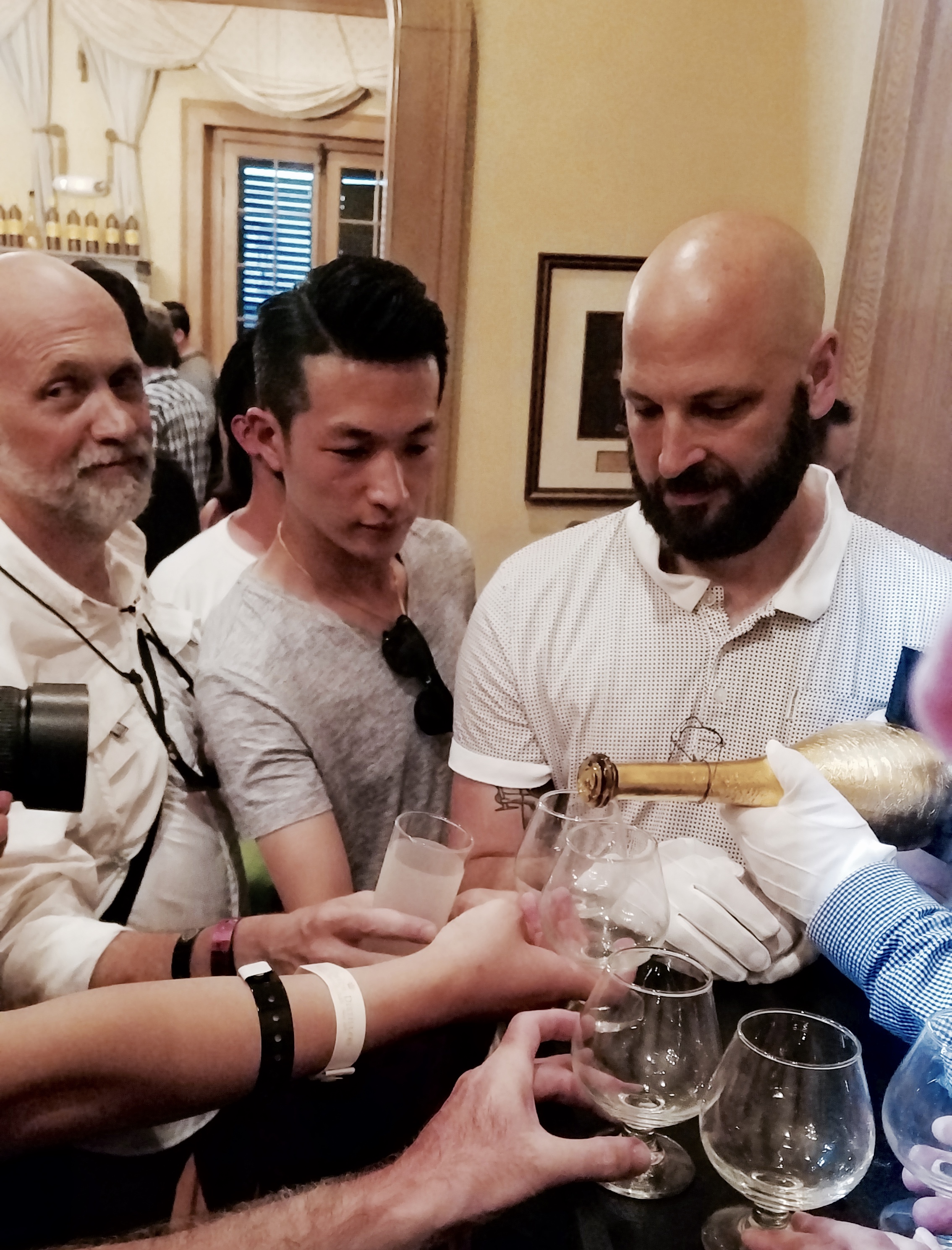
NEW ORLEANS – The oversized bottle of Mandarine Napoleon, perched atop a pedestal, had gone unopened for 25 years when it arrived at New Orleans’ Napoleon House in July. Here, ambassadors of Belgium-based Mandarine Napoleon had chosen Tales of the Cocktail, the spirits industry’s largest annual gathering, to unveil a taste a quarter-century in the making. Because some things, you know, are worth waiting for.
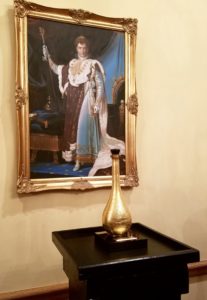
Nearly 200 years ago, New Orleans’ mayor had offered this French Quarter residence as a refuge to exile-threatened General Napoleon; hence the name of the classic bar downstairs. Now, a small crowd swirled and sipped cocktails in anticipation of this unique aged offering of Napoleon’s treasured blend of cognac and mandarin orange liqueur.
At last, the cork was loosed and glasses were filled, in carefully measured amounts. The notes of sweet orange were exquisite – and the coterie cooed in excitement, aware that the experience was both rare and unrepeatable.
**
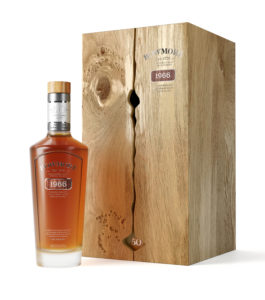
With Christmas just around the corner, makers of rare and vintage spirits are pimping their wares with the subtlety of Paul Revere on his midnight ride. But while few have the bling to splurge on these liquid unicorns– say, one of just 74 bottles of Bowmore 1966 Scotch (priced at $30,000) or even a more fathomable $400 bottle of Johnnie Walker Blue Label “Ghost and Rare” – last summer’s Tales festival offered the chance to try a few gems that would be soon available to the general public.
Along with the 25-year-old Mandarin Napoleon, there were vintage releases from London-based Last Drop Distillers – which, despite the name, is not actually a distillery. “We describe ourselves as the antique dealers of the spirits world,” said joint managing director Beanie Espey.
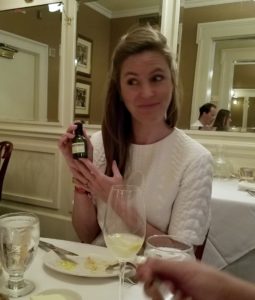
The intimate lunch tasting unfurled on the lively second floor of iconic French Quarter restaurant Galatoire’s, where Espey had brought along Last Drop’s two most recent releases, keeping them carefully at hand like a femme from a Bond film ferrying a briefcase full of jewels.
A decade ago, Espey’s father James and his business partner Tom Jago – creators of Bailey’s Irish Cream and Malibu Rum – realized there were prize liquids out there going unenjoyed, the forgotten or neglected creations of quality distilleries willing to pass them on to others for proper care. The two formed Last Drop Distillers to gather what rare rosebuds they could. “These whiskeys really shouldn’t exist,” Espey said. “They’re all happy accidents.”
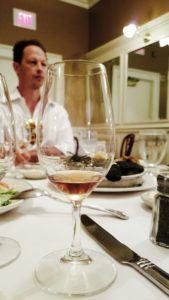
In nine years, the company has launched six products, producing an exclusive 5,000 bottles presented in leather cases complete with a Last-Drop-monogrammed cork stopper. “We want to curate and collect the world’s finest spirits,” Espey said – and not just Scotch, either; cognac, rum and fortified wine are all in the works or under consideration.
As a dapper old gent marked his birthday a few tables away flanked by cackling ladies in fine hats, Espey poured a sample of Last Drop’s 50-year-old “double-matured” Scotch whisky, released in 2015. A blend of more than 50 malt and grain whiskies, the batch had been first aged in bourbon casks, intended to be marketed in Asia as a 30-year-old whisky. A portion, however, lived on to be transferred to oloroso sherry casks for two decades, forgotten in the Scottish lowlands – and then rediscovered, Last Drop says, at just the right moment for bottling.
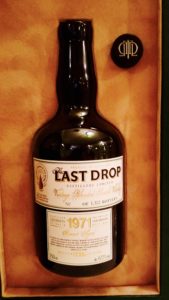
Only 898 bottles had been produced, and few remain available; before us sat bottle No. 193. The 50-year-old whisky still packed a firm handshake, with notes of autumn fruit and spice.
Espey then gingerly poured a dollop of last year’s highly acclaimed release, Last Drop’s triple-distilled, 45-year-old 1971 Blended Scotch Whisky ($3,999), named Scotch Whisky Blend of the Year by Jim Murray in his 2017 Whisky Bible and still available at select retailers. The allotments were generous considering the bottles’ price tags, making them worthwhile gift splurges for big spenders. “That’s a hundred dollars in that glass,” Espey said.
Having first been aged in bourbon casks for 12 years, the blend had been moved to sherry casks for nine years before being returned to bourbon casks for 24 more restful years. Slightly nutty and fruity on the nose, its taste was smoky and subtle, with notes of dried apricot. “It’s a very classic 1970s blend,” Espey said. “It’s quieter, but it wins you over. It’s quite charming.”
Next up for Last Drop? A nearly 150-year-old Tawny Port.

A day earlier, a few dozen attendees had gathered in the naturally lit back room of Bevolo Gas & Electric Lights, a 72-year-old French Quarter fixture, for a preview of Hennessy’s Master Blend No. 2, a limited U.S.-only offering ($75 at Total Wine; also available at other retailers) that finally hit shelves in late October.
Renowned cognac authority Olivier Paultes, the brand’s 53-year-old director of distillation, explained how more than a decade ago, Hennessey launched the single-batch project in which eaux de vies, or unaged grape distillates, are aged 18 months in young French oak barrels before being moved to older ones — for a total aging of at least 10 years.
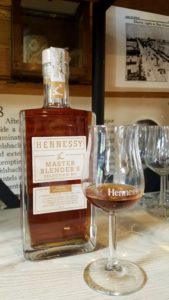
Along the way, the barrels are moved to damp or dry cellars, depending on the desired effect; each blend is bottled only when and if Hennessy feels it has something interesting to say, introduced to the world when deemed worthy. The wonderfully spicy Master’s Blend No. 1, released in 2016, was a blend of between 80 and 100 eaux de vies between 5 and 15 years old.
“Maybe (a particular blend) doesn’t have the profile of (traditional) Hennessy, but it has its own worthwhile notes,” said Jordan Bushell , the brand’s national ambassador. “Maybe we don’t do it one year. It’s all based on the grapes and how they speak to us. If they don’t tell an interesting story, there’s no point making a blend.”
Luckily for those gathered at Bevolo, Hennessy had indeed chosen to issue the series’ second release. Barely a handful of humans had sampled the Master’s Blend No. 2 before our group, only one of them unconnected to Hennessy. The 86-proof blend veered rye-like, spicy and bold and velvety, with notes of pepper, clove, nutmeg and licorice combining for an extended finish. An elixir made for sipping neat or on the rocks, the cognac is sold in a gorgeous, artist-designed bottle.
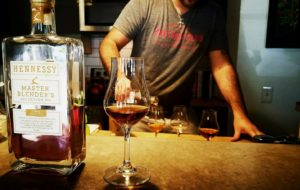
And once they’re gone, they’re gone. “You will never taste it again,” said Paultes, who became the youngest master blender in France when he was just 25. Or as Josh Hendrix, a Dallas-based Hennessy rep, puts it: “This is history in a bottle.”
Bushell, the brand’s national ambassador, said the single-batch project offers “freedom, in a way, to create something that’s just… a taste of the moment. And to not have to recreate it again. There’s that freedom of expression to show off cognac in a different way. It’s all about the celebration of the moment.”
At a time offering plenty of celebratory moments, it might be worth adding one of these sippers to your own collection – or wrapping one up to pass along the love.
Correction: An earlier version of this story misidentified Last Drop Distillery’s co-founder, James Espey, as David Espey.
